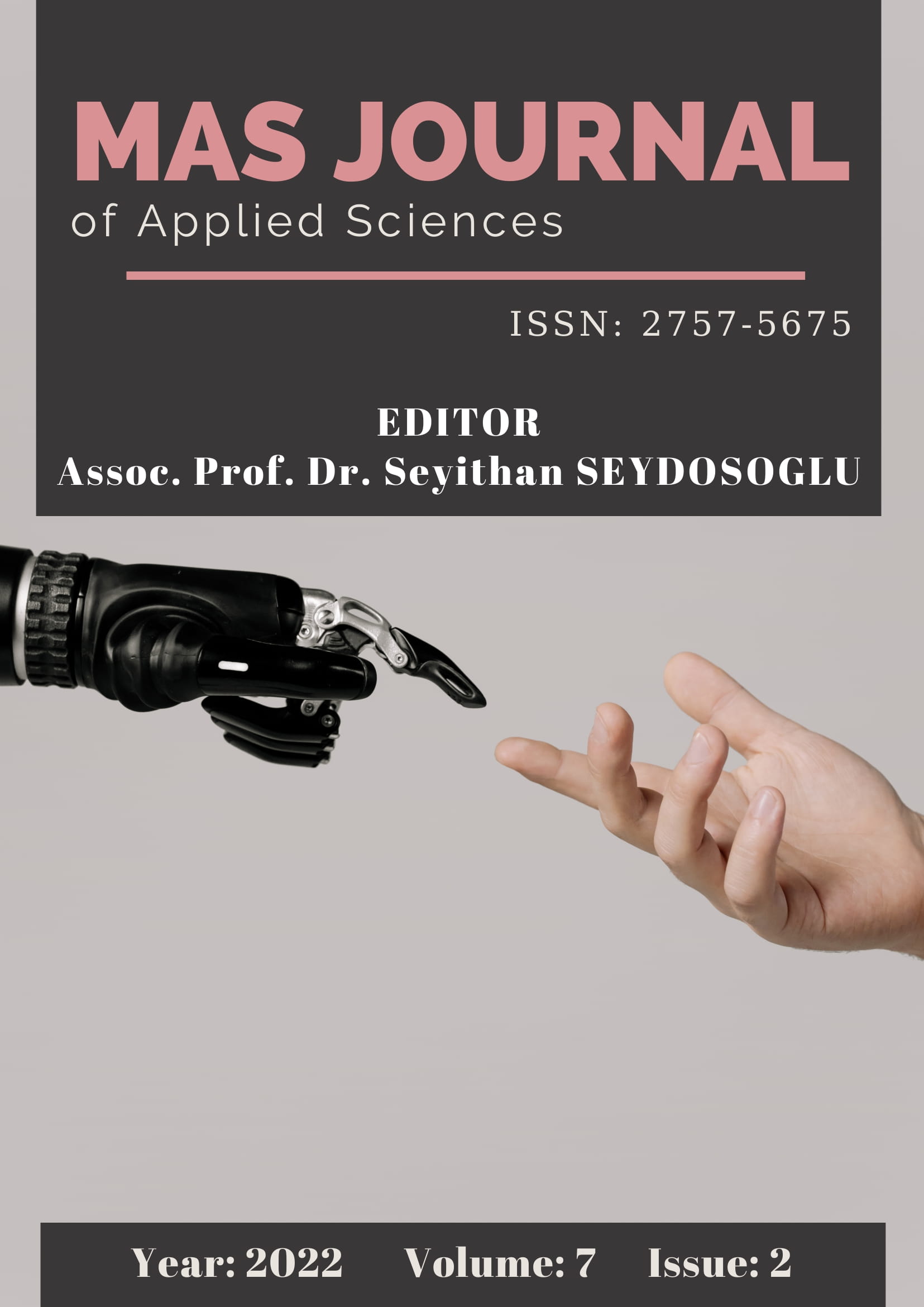Effects of Wild Animals on Agricultural Activities: Case Study of Hatay Province
DOI:
https://doi.org/10.52520/masjaps.v7i2id203Keywords:
Hatay province, hunting, agriculture, wild animalsAbstract
This study aims to determine the economic impact of wild animals on agricultural activity Hatay Region has a rich geography in terms of fauna and flora. This affects the social, economic and agricultural structure of the region. There are also negative effects of wildlife as much as positive on agricultural activities. In this context, the regions where wild animal damage is seen intensely. Face-to-face interviews were conducted with 31 producers determined by the Snowball sampling method from the villages. Examining the appropriate package program of the obtained options is analyzed. The most damaging effects of data analysis are rodents, birds and wild boars. While the financial damage caused by wild animals to the products is approximately 4,000 TL per year, the amount spent by the producers for fighting is 855 TL. The most commonly used chemical poisoning and firearms are used by the producers in their methods of combating wild animals. These methods of struggle disrupt the natural balance. For this reason, trainings should be organized that teach the state the methods of natural control of wild animals, the limits of the natural habitats of wild animals should not be narrowed and human-animal conflict should be minimized.
References
Aksan., Akbay. 2018. Tarım alanlarındaki peyzaj çeşitliliğinin memeli yaban hayvanı tür çeşitliliğine etkisi: Atabey ovası örneği. Turkish Journal of Forestry.19(2): 176-184.
Alkan, H., Korkmaz. M. 2009. Korunan alanların yönetiminde yaşanan sosyo-ekonomik odaklı sorunlara ilişkin bir değerlendirme. II. Ormancılıkta Sosyo Ekonomik Sorunlar Kongresi, 19-21 Şubat 2009, Süleyman Demirel Üniversitesi, Isparta, s.13-22.
Alkan, H., Ersin, M. 2018. Korunan doğal alanlarda insan - yaban hayatı çatışması. Turkish Journal of Forestry , 19(3):284-292 .
Anonim, 2018. http://www.milliparklar.gov.tr/Anasayfa/istatistik.aspx?sflang=tr Erişim Tarihi: 26.01.2018
Anonim, 2020a. https://T.C.Tarım ve Orman Bakanlığı. https:// tarimorman.gov.tr. Erişim tarihi, 05.01.2020.
Anonim, 2020b. T.C.Tarım ve Orman Bakanlığı Hatay İl Tarım ve Orman Müdürlüğü https://hatay.tarimorman.gov.tr/Menu/55/Tarimsal-Veriler, Erişim tarihi 15.01.2020.
Arslan, D., Ünal, Y. 2020. Böcekçil beslenme ve bazı büyük memeli yaban hayvanı türlerinin besin tercihleri. Bilge İnternational Journal of Science and Technology, 4(2):160-170.
Aslım, G., Yiğit, A., İzmirli, S., Yaşar, A. 2012. Hayvan koruma kavramı ve biyoetik çerçevesinde yaban hayatı koruma ve yaban hayatı geliştirme sahaları, Kafkas Üniversitesi Veteriner Fakültesi Dergisi, 18(4):657-662.
Balabanlı, C., Oğurlu, İ., Ünal, Y., Süel, H.2006. Ormaniçi meralarda yaşayan bazi yaban hayvanlarinin beslenme şekilleri. Selçuk üniversitesi Ziraat Fakültesi Dergisi, 20(39): 71-76
Breitenmoser, U., 1998. Large predators in the Alps: The fall and rise of man's competitors. Biological Conservation, 83(3): 279-289.
Çanakçioğlu H., Mol, T. 1996. Yaban Hayvanları Bilgisi, İstanbul Üniversitesi Yayın No: 3948, Orman Fakültesi Yayın No: 441,ISBN:975414424 4, 551 s., İstanbul.
Iğırcık, M., Bekiroğlu, S., Okan, T. ve Bucak, C. 2008. Kazdağı yöresinde yaban hayatı kaynaklarının yönetim çalışmalarına ilgili kesimlerin katkı ve katılımlarının araştırılması, Bakanlık yayın no:331, Müdürlük Yayın No: 54 ISSN 1300-9508, İzmir.
Ilgar, 2007. Türkiye’de hayvan haklari ihlallerine coğrafi açidan bakış. Ç.Ü. Sosyal Bilimler Enstitüsü Dergisi, 16(1):347-360
Karabey, C.N.2021. Sosyal Bilimlerde Araştırma Yöntemleri, Atataürk Üniversites, Açıköğretim Fakültesi Yayınları.
Messmer, T.A. 2000. The emergence of human-wildlife conflict management: turning challenges into opportunities. International Biodeterioration and Biodegradation, 45: 97-102.
Noughton-Treves, L., Holand, M., Brondon, K. 2005. The role of protected areas in conserving biodiversity and sustaining local livelihoods. Annual Review of Environment and Resources, 30: 219-252.
Sağlam, B., Mıhlı, A. ve Bucak, F. 2010. Artvin’de ayı zararları ve sebepleri üzerine bir araştırma. 3. Ulusal Karadeniz Ormancılık Kongresi, Cilt: III: 1233-1241
TÜİK, 2018. Türkiye İstatistik Kurumu. Bitkisel Üretim İstatistikleri. https://www.tuik.gov.tr/ Erişim tarihi, 01.06.2020.
Yavuz, 2017. Giresun ilinde yaban hayatı insan çatışması üzerine bir çalışma. Bartın Orman Fakültesi Dergisi, 19(2):214-222.
Zeybek, O., Keser, A., Yıldırım, Y.2021. Hayvan hakları ve yaban hayatı geçitleri, Akademia Doğa ve İnsan Bilimleri Dergisi, 7(1):84-104.
Downloads
Published
How to Cite
Issue
Section
License
Copyright (c) 2022 The copyright of the published article belongs to its author.

This work is licensed under a Creative Commons Attribution-NonCommercial 4.0 International License.


